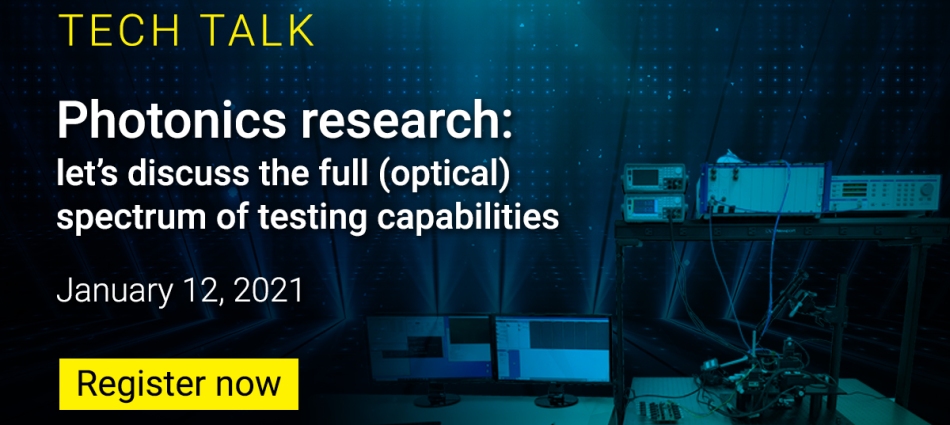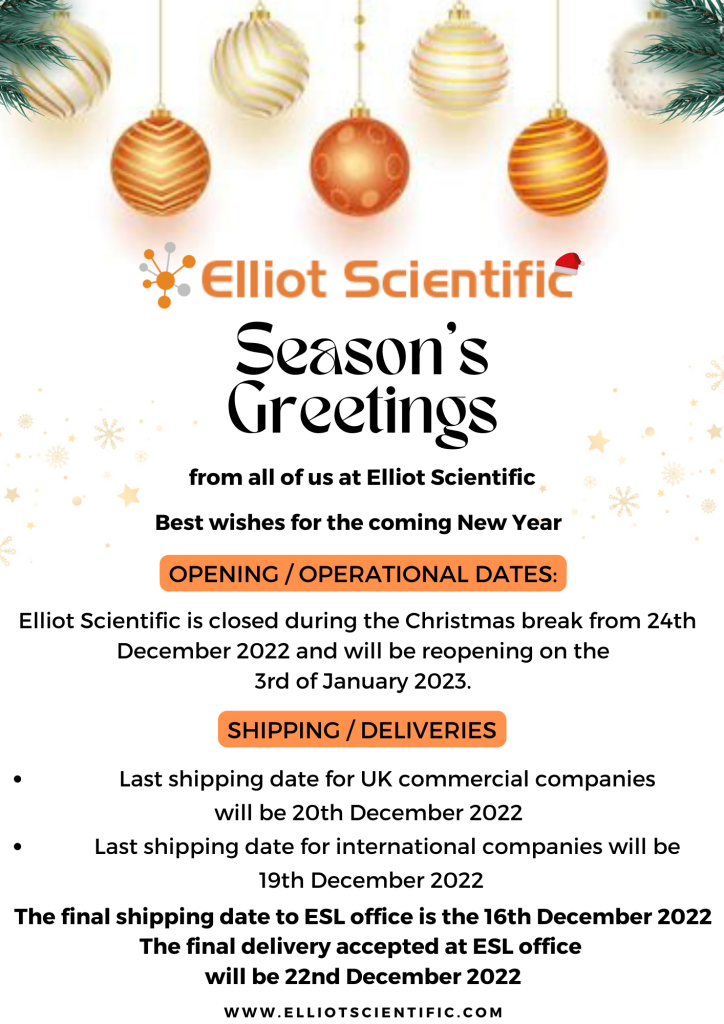
When you find that conventional temperature sensors based on resistors or capacitors, or simple wire-based sensors such as thermocouples, just won’t operate properly in a challenging environment, look instead to the multiple benefits provided by fibre optic temperature probes.
Fully dielectric construction of the sensor and its attached fibre optic cable gives immunity to the effects of EMI/RFI, allowing use in high voltage environments, magnetic resonance imaging systems and high magnetic fields. The material construction further allows use in radiation, high vacuum and explosive areas, and the physical dimensions typical of fibre optics allows the probe to be treated essentially as an electrical cable, routed along complex pathways and along conduits, but without any of the disadvantages of inaccuracies due to the influence of electromagnetic fields.
One main growth area for fibre optic temperature probes has been in the automotive segment, involving test and development of electric vehicles (EV) including the motors, charging stations and batteries. Faster and accurate temperature measurement is necessary at each stage of EV product development, at both individual component level for identifying performance limits and temperature behavior of individual components, and for fully assembled vehicles to ensure the overall performance and safety.

High voltage connections and operations within the vehicle bring challenges in terms of safety, limited access and electromagnetic noise issues during testing and measurements. Fibre optic based temperature probes are becoming more popular in testing electric and hybrid vehicles due to their immunity to electromagnetic fields, ruggedness, small size, fast response, high accuracy and intrinsic safety of operation.
Our partner Rugged Monitoring has extensive involvement in this application area. [https://www.ruggedmonitoring.com/solutions-details/fiber-optic-temperature-sensors-in-electric-vehicle-temperature-testing/5c9c5fb493c0cc0001d3d7b5 ]. If your temperature instrumentation in EV development and testing is revealing the limitations of conventional sensor technology, ask us how fibre optic temperature probes will solve these issues and provide methods of temperature measurement that can’t be made in any other way.




















